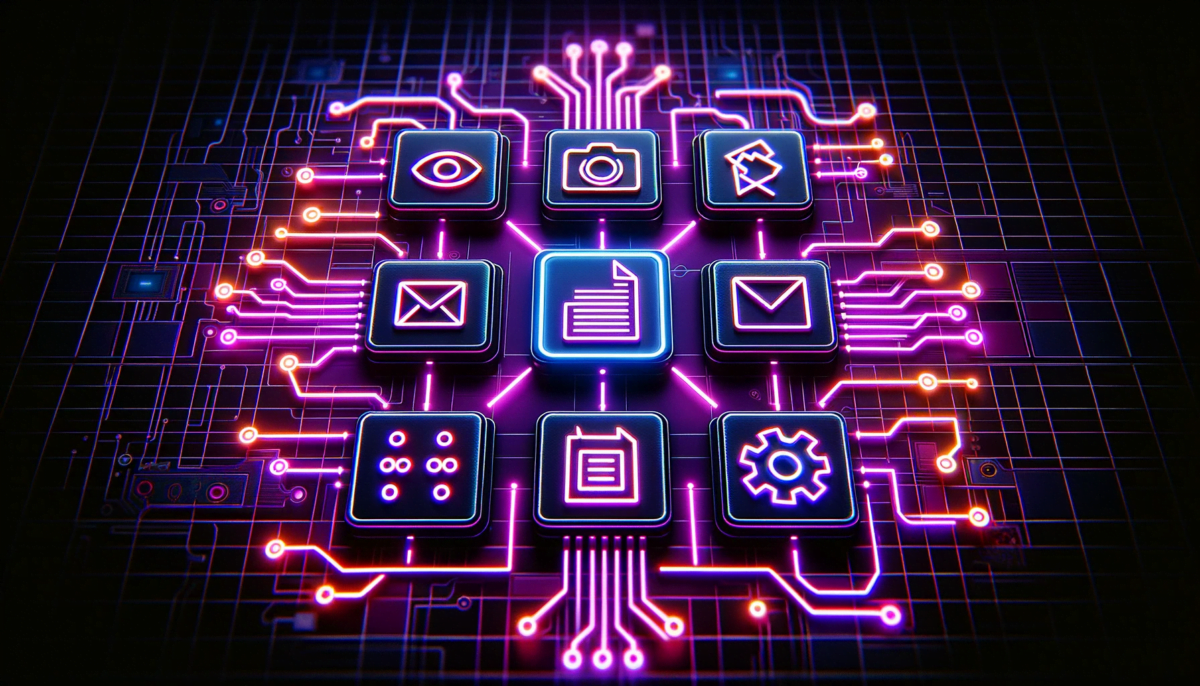OpenAI combines the different GPT-4 models into a kind of "supermodel" in ChatGPT. GPT-4 powered ChatGPT can now decide for itself how it can best help you.
OpenAI is currently preparing a GPT-4 update for ChatGPT that allows you to upload PDFs and many other file types. Once uploaded, ChatGPT can be used to discuss the information in the document, such as extracting aspects or getting an explanation.
This feature is not new. It was previously hidden in the Advanced Data Analysis model, which you had to select from the model switcher to get the file upload button.
GPT-4 automatically chooses the best tools
So the upload file update goes hand in hand with the second new feature: GPT-4 can now automatically select the tools it needs to perform a given task.
Tools in the sense of an LLM are in this case the alternative models, i.e., GPT-4 with Browsing, Advanced Data Analysis, and DALL-E 3. You can still select models manually, but in general GPT-4 should understand when you want to generate an image or a chart and switch to DALL-E 3 or Advanced Data Analysis without additional effort for you.
GPT-4's integrated "supermodel" brings OpenAI one step closer to its vision: to develop language models that become useful beyond their trained capabilities by being able to use tools autonomously in areas where they would otherwise be less capable.
A study conducted this spring by OpenAI, OpenResearch, and the University of Pennsylvania predicts that with access to tools, large language models like GPT-4 will impact at least 10 percent of the work of about 80 percent of U.S. workers. For 19 percent of workers, language models could affect at least 50 percent of tasks.
GPT-4 update could also bring more up-to-date data
Some ChatGPT users report that GPT-4 has access to current information until April 2023 or September 2023, while earlier ChatGPT disclosures date the end of training data until September 2021 or January 2022.
However, this data is inconsistent; ChatGPT provides different cutoff dates for different users. The GPT 4 update mentioned above, which is apparently currently being rolled out to early users, may be related to the training data update.
A leak on Reddit also suggests that OpenAI is training a new model, "copilot-gpt-4-2," which is up-to-date until March 2023.
The OpenAI developer conference on November 6th should provide more details about the status of the GPT-4 models.
